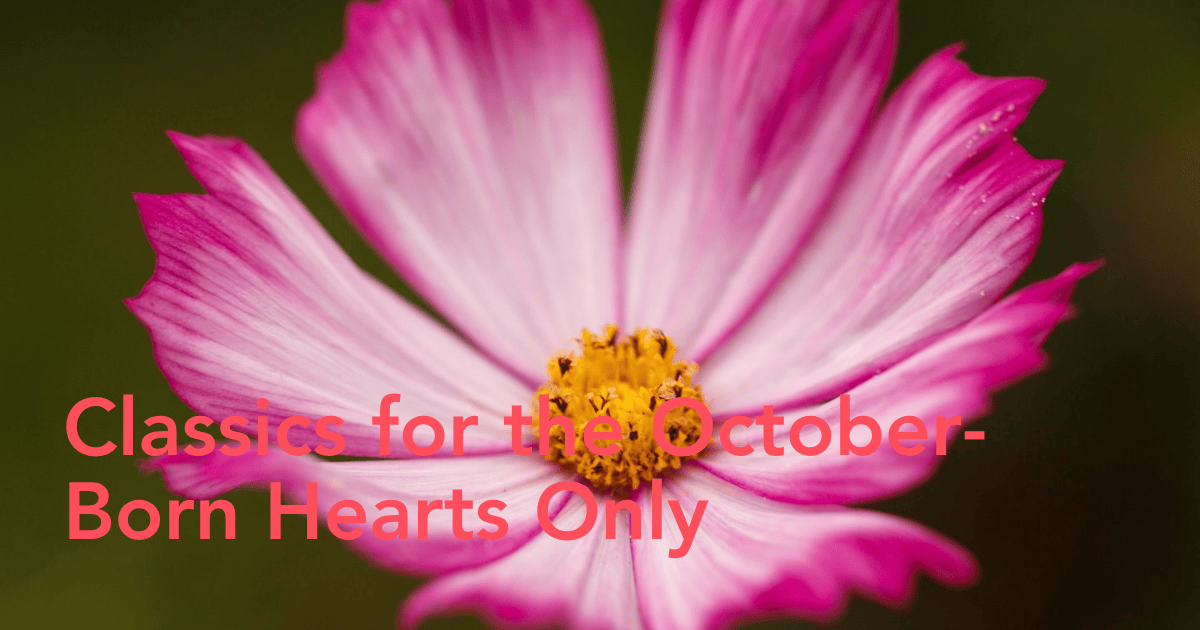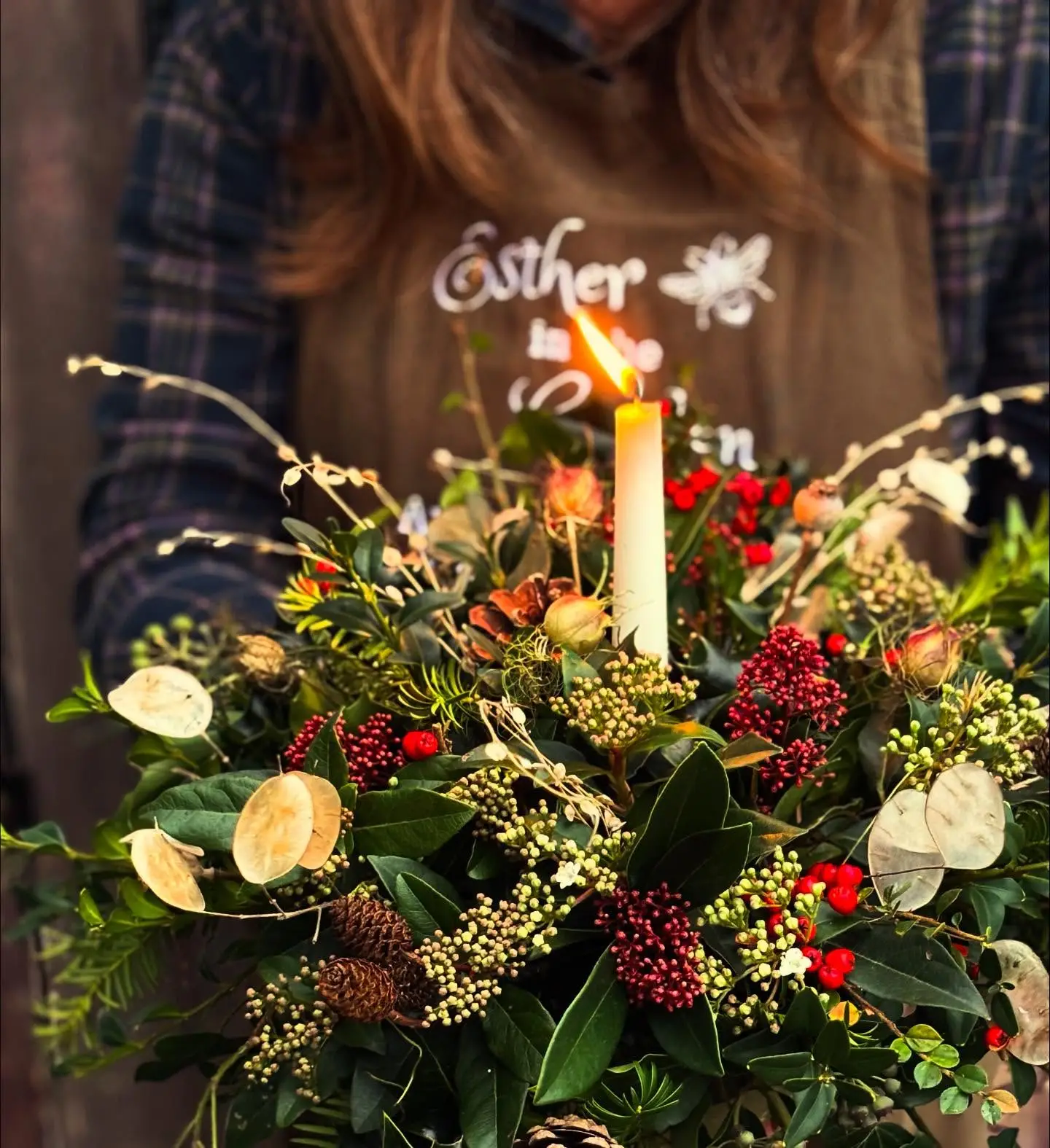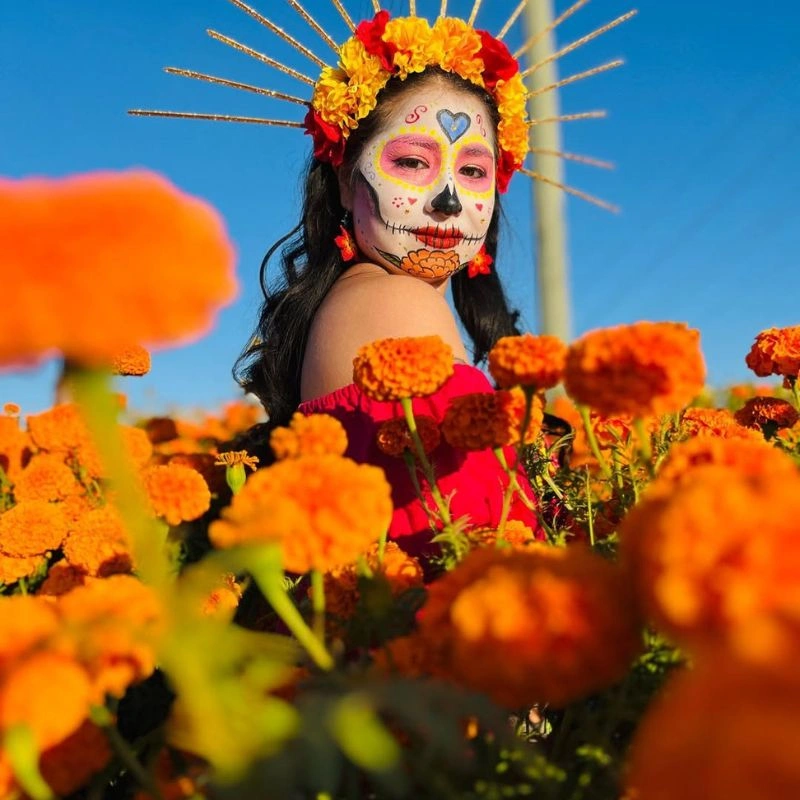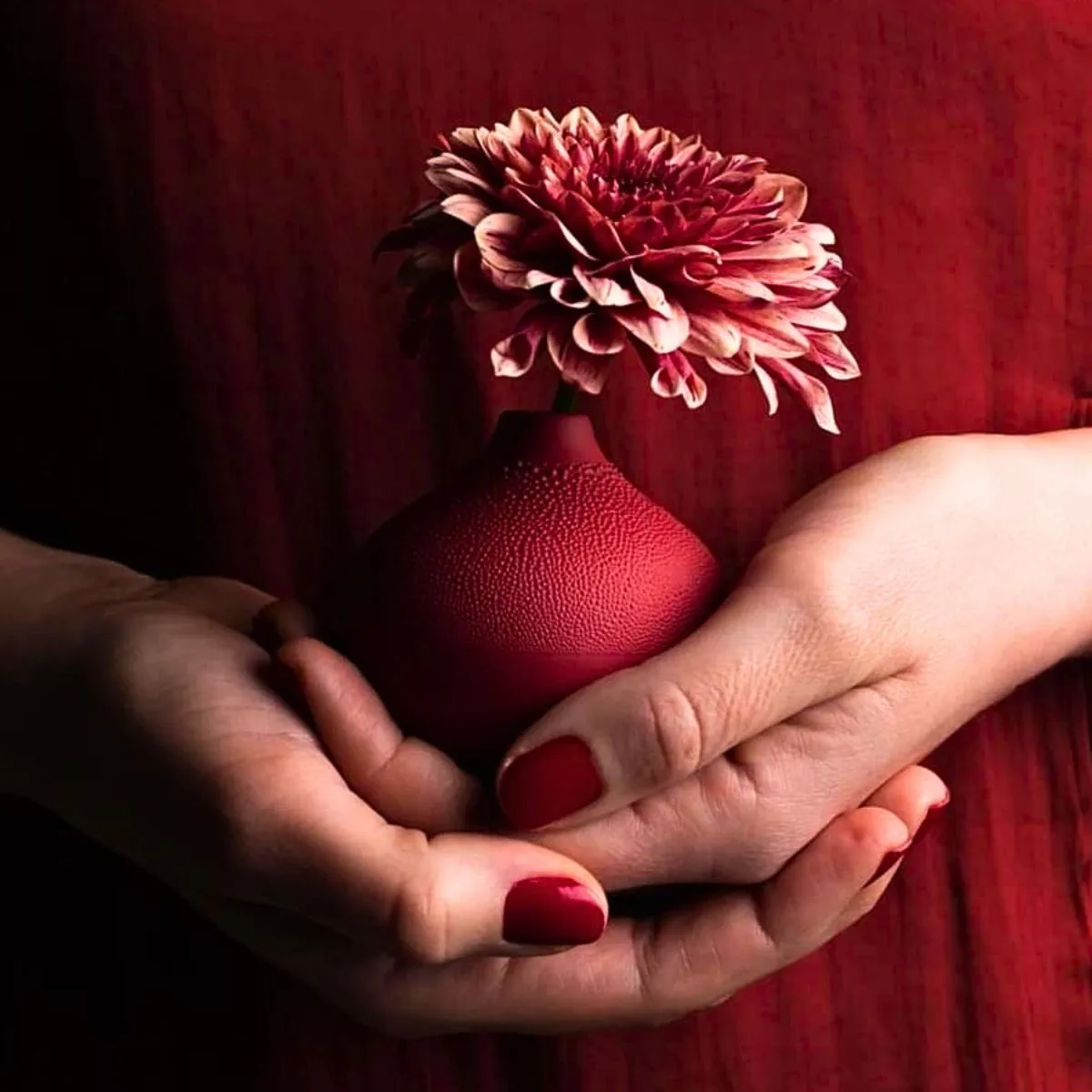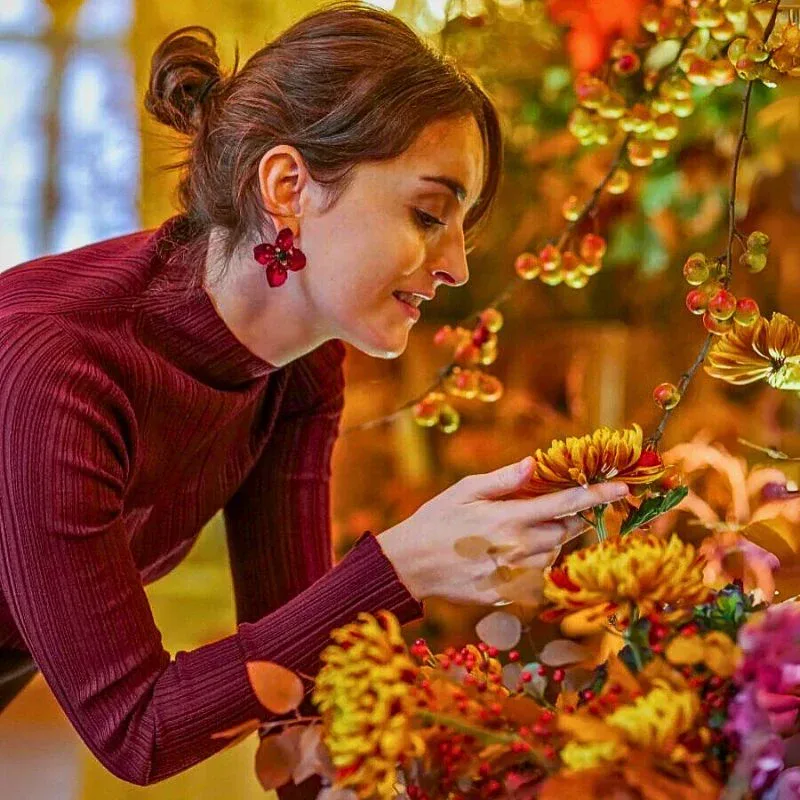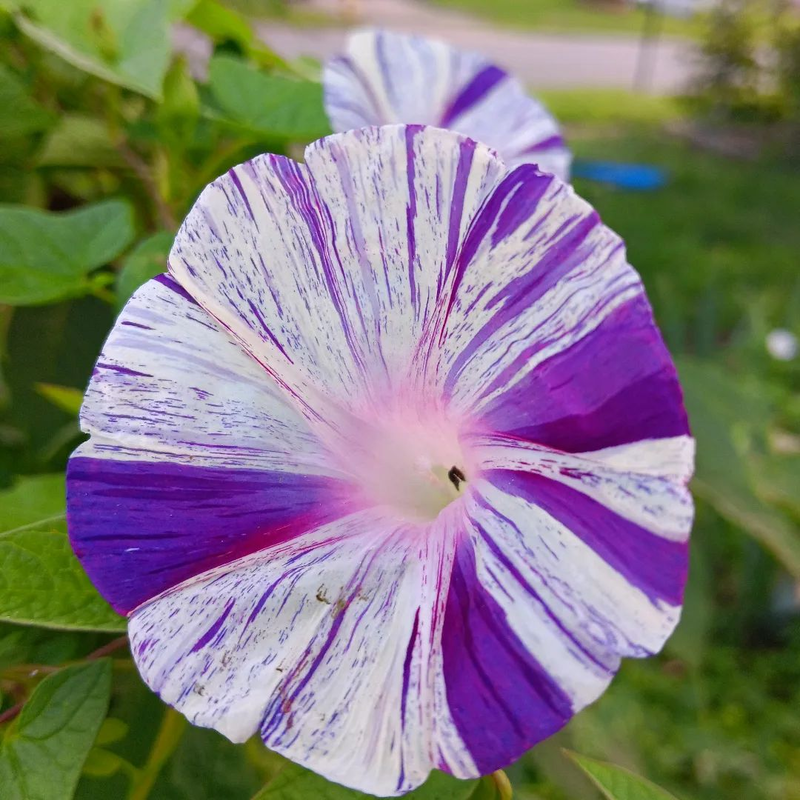October birth traditions spotlight two flowers: Marigolds and Cosmos. These popular flowers appear across the northern hemisphere in home garden beds, containers, and bouquets, offering bright colors from late spring sowings through the first frost.
The October Birth Month Flower Duo - Marigold and Cosmos
October is represented by two flowers - Marigold (from the Tagetes genus) and Cosmos (Cosmos bipinnatus). Marigold is valued for their spicy scent, sturdy habit, and the practical way many gardeners use them to repel pests and draw beneficial insects. The Cosmos flower grows quickly in full sun and well-drained soil, producing long stems that attract butterflies and suit casual bouquets.
Together, these birth flowers span October with accessible meaning: Marigold for vigor and remembrance; Cosmos for harmony and simple beauty in the garden. Both are easy to start from seed, keep flowering with deadheading, and color borders until the first frost.
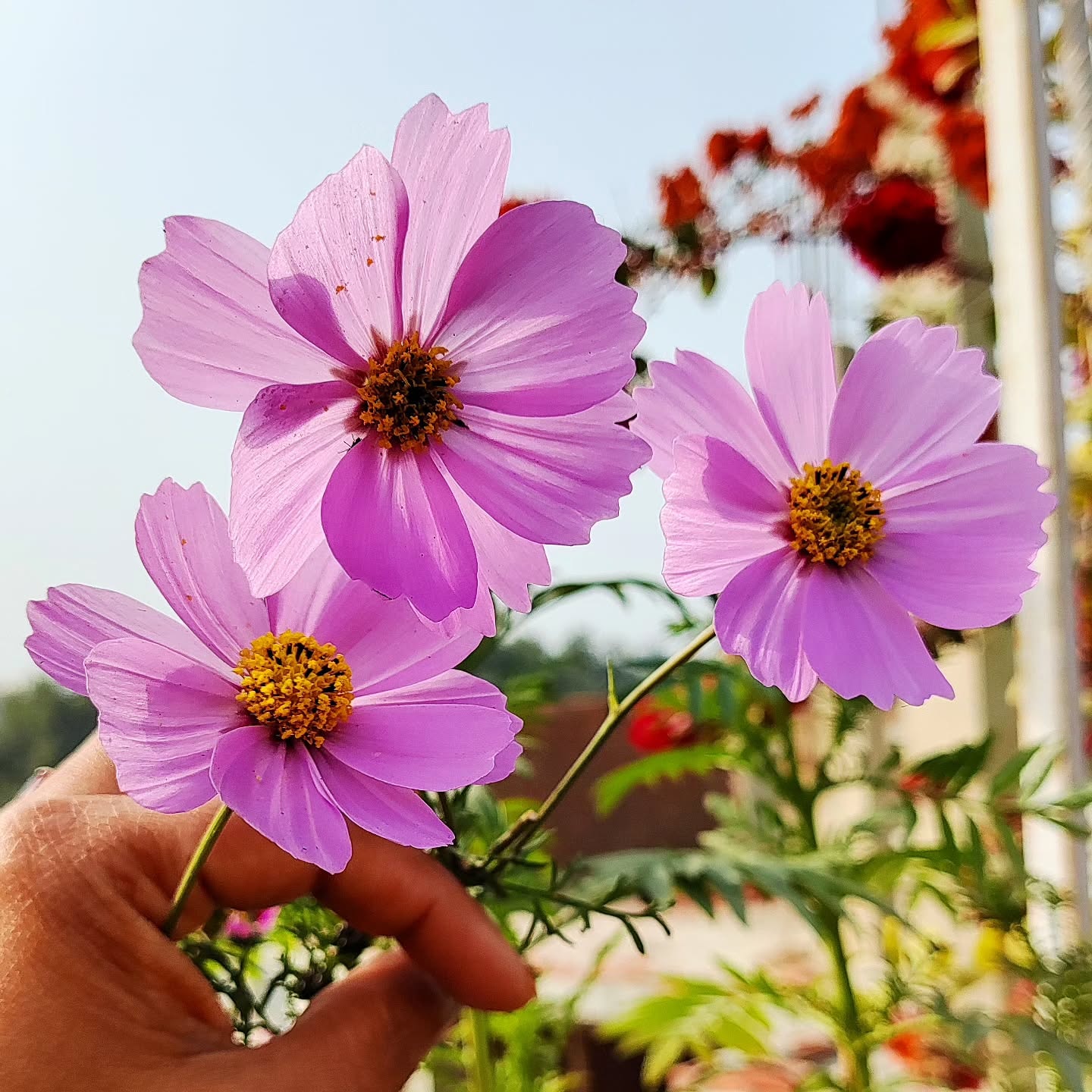
Historical and Cultural Significance of Marigold and Cosmos
While Marigold and Cosmos took different paths - Marigold is native to Central America and widely bred into African Marigolds and French Marigolds; Cosmos spread from Mexico to Europe in the 18th and 19th centuries, they meet as the October birth flower pair used for October birthday gifts, home arrangements, and seasonal displays.
Tracing the Roots of Marigold - A Historical Insight
Why is marigold linked with “Mary’s gold”? In English, “marigold” refers to Mary’s gold, honoring the Virgin Mary, while the botanical name Tagetes traces to the Etruscan figure Tages. In Mexico, Tagetes erecta is tied to Día de los Muertos, where its bright colors help guide loved ones—a rich history that still shapes October celebrations.
Beyond symbolism, Marigolds have been used in folk practices and herbal remedies. Calendula (a different genus often called “marigold”) appears in salves for skin issues, while Tagetes is noted in traditions for minor uses; always research medicinal properties locally before use.
Cosmos Through the Ages - Cultural and Historical Relevance
The name Cosmos finds its roots in the Greek word for "Ordered Universe," aptly capturing its harmonious esse.
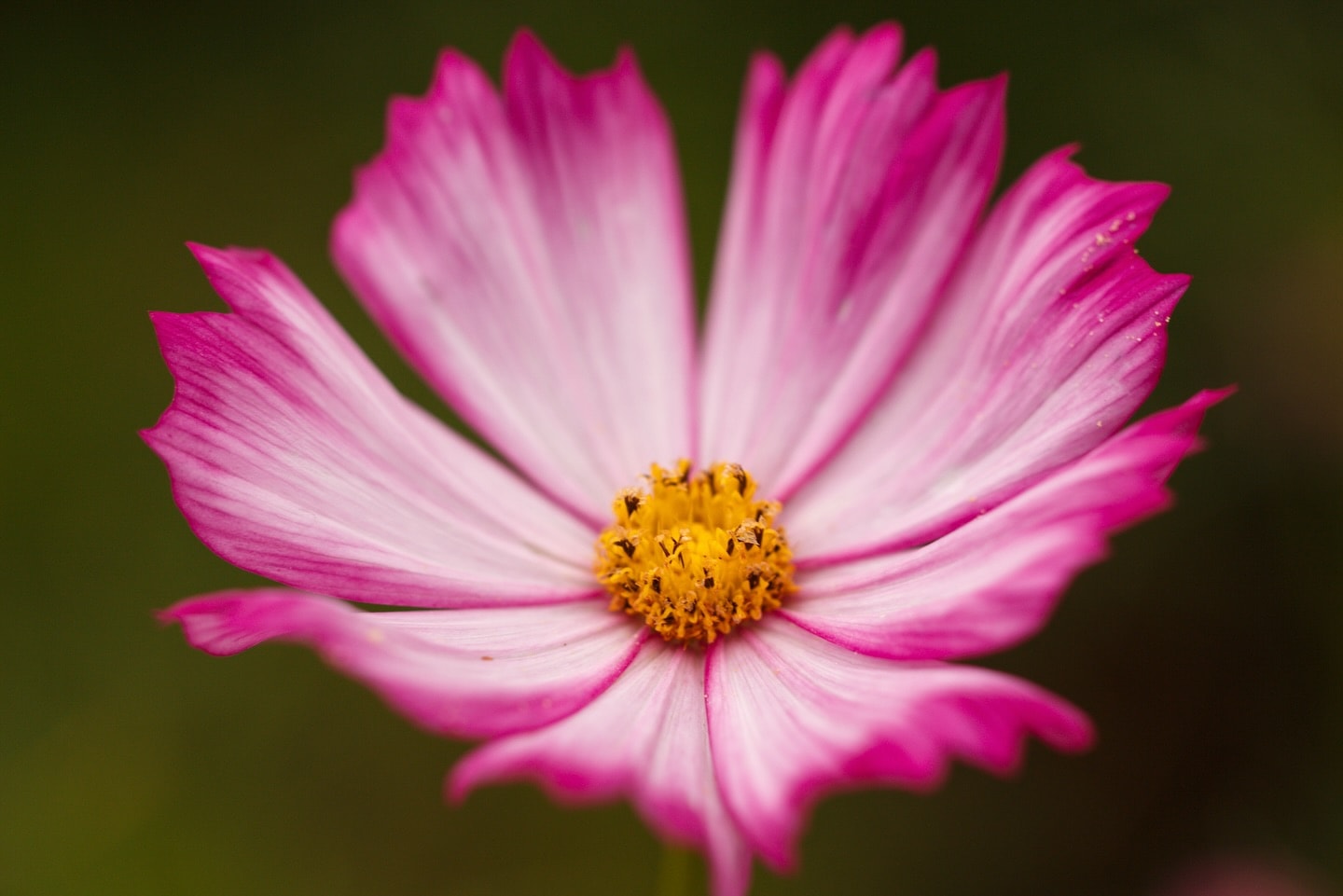
Cosmos, native to the wild meadows of Mexico, were primarily used for their ornamental value and were introduced to Europe in the Late 18th Century, where they quickly became garden staples.
Historically, these birth month flowers have also been a part of various traditional medicinal properties. Cosmos petals, often made into infusions, were believed to alleviate ailments and were especially valued in certain Asian traditions for their purported healing properties.
The Beauty of October Birth Month Flower #1: Marigold
October, with its amber and golden shades, finds a radiant companion in its first birth flower - the Marigold. In botany, it sits in the Asteraceae family and the Tagetes genus. Varieties sold as African Marigolds (usually Tagetes erecta) and French Marigolds (T. patula) supply showy heads in orange, yellow, and bright orange mixes.
Its muffled petals and earthy aroma have been cherished across continents and eras, establishing it as a favorite among botanists, gardeners, and flower enthusiasts alike.

Symbolic Meaning of the Marigold
The Marigold is widely read as energy, perseverance, and gratitude. In many cultures, it signals remembrance and a mother's love, with church and seasonal links to the Virgin Mary and, in Mexico, to honoring loved ones. Historically linked with the sun due to its brilliant hues, it embodies warmth, grace, and a zest for life.
In various cultures and traditions, marigolds are seen as protective barriers against negativity and are often used in rituals meant to honor, protect, or guide spirits. For such reasons, you'll also see Marigold used in rituals and civic events - from garlands at festivals to public memorials.

We have also covered the symbolism and meaning of marigold flowers in elaborate detail here!
Color Symbolism of Marigold
The color palette of the Marigold is primarily a sunny spectrum ranging from bright orange to deep red. Each color has its own unique symbolism:
- Golden Orange Marigolds: The most common shade, this color represents creativity, warmth, enthusiasm, and positivity.
- Yellow Marigolds: Symbolic of happiness, loyalty, and friendship, the yellow Marigold is like a ray of sunshine on a cloudy day, offering hope and positivity.
- Orange Marigolds: They represent enthusiasm, vitality, and a zest for life.
- Red Marigolds: A deeper, more passionate representation, they stand for strong emotions, love, and commitment.
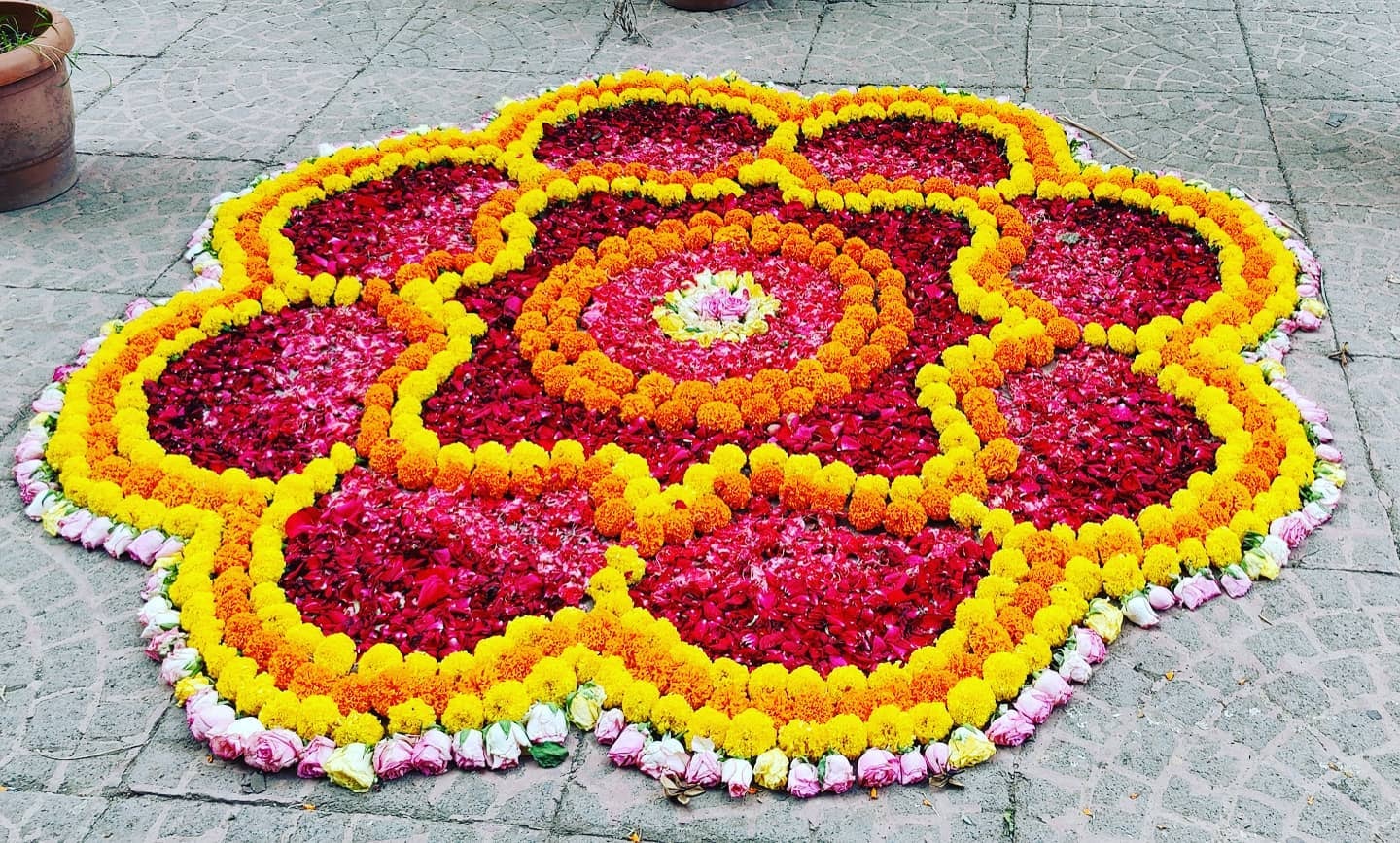
Fun, Historical, and Interesting Facts About Marigolds
- As a popular historical beauty regimen, extracts from the marigold flower were used in ancient cosmetics and were believed to rejuvenate and refresh the skin.
- The deep colors of marigolds have been used as natural dyes for fabrics in various cultures.
- Marigold's scientific name, Tagetes, is derived from a mythological Etruscan deity named Tages, who was believed to possess the wisdom of the ages.
- Marigolds are often planted with vegetables as they are believed to repel certain pests, making them valuable companions in organic gardening.
The Allure of the October Flower of the Month #2: Cosmos
Alongside the fiery Marigolds, the ethereal Cosmos, scientifically termed 'Cosmos bipinnatus, ' graces the month of October.
With its gossamer petals that dance in the breeze, the Cosmos evokes a sense of wonderment and endless daydreaming. It suits cutting, mixes well with daisies, roses, and sunflowers, and keeps going to first frost with simple care tips.

The Symbolism Behind the Cosmos
The Cosmos carries a dual symbolism of harmony and endless love. Its name is inspired by the order and harmony of the universe, which might explain why gazing upon a field of Cosmos feels akin to stargazing on a clear night.
In many cultures, offering a Cosmos also symbolizes gifting a piece of one's heart, representing genuine feelings, and a wish for inner calm for the recipient. Besides, it's also a must-try autumn flower that should add to your fall compositions.
The Color Symbolism of Cosmos
The shades of the cosmos are more varied, ranging from white, purple, and red, each carrying its own meaning:
- White Cosmos: often associated with purity, serenity, and innocence, the White Cosmos is a reflection of peace and unity.
- Pink Cosmos: Revered for expressing sentimentality, gentle love, and admiration, the soft pink petals are often likened to the blush of first love or the rosy glow of dawn.
- Red Cosmos: While rare, the Red Cosmos are bold and exude passion, strong will, and confidence, making them the centerpiece in many gardens.
- Yellow Cosmos: Echoing joy, sunlight, and positivity, the yellow variant cheerfully reminds us of the sunny side of life.
- Purple Cosmos: A hue that speaks of mastery, charm, and the depths of the universe.
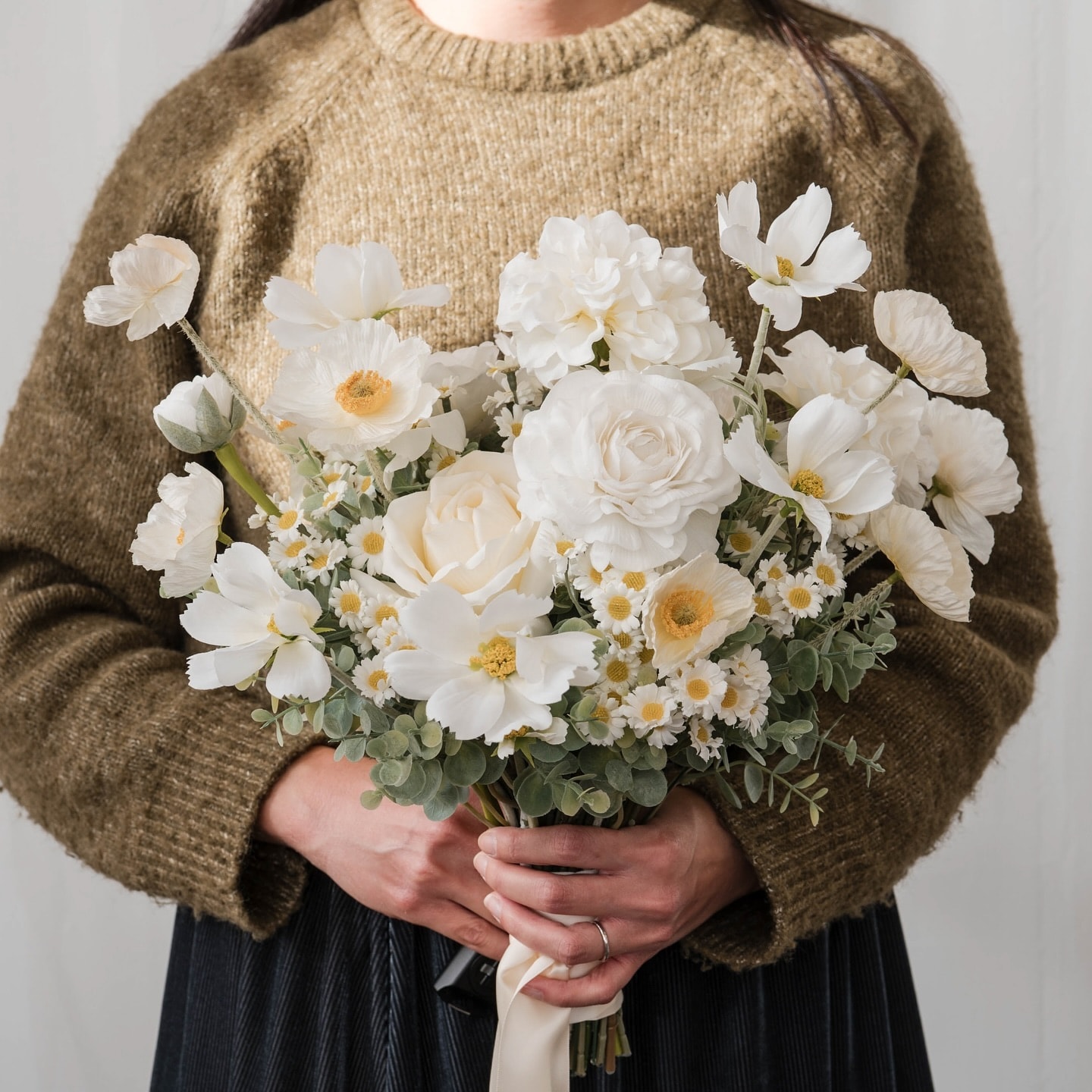
Fun, Historical, and Interesting Facts About the Cosmos
- Cosmos is also native to Mexico and was revered by the Aztecs for both its ornamental and medicinal properties.
- Historically, Cosmos roots have been utilized in some traditional medicines and are believed to have healing properties.
- Cosmos seeds, due to their ability to float in the wind, can travel long distances, symbolizing freedom, adaptability, and endless possibilities.
- In some cultures, the Cosmos seeds are also spread on the graves of loved ones.
- Cosmos is a favorite among many pollinators, especially butterflies, due to its natural capability to attract butterflies, bees, and birds.
The Artistic Expression of October Birth Month Flower Tattoos
Tattoos are the silent storytellers that reveal tales of identity, passion, and deep personal significance.
While some tattoos speak of journeys and memories, others draw inspiration from the rhythm of nature, with flowers emerging as an enchanting favorite among tattoo enthusiasts.
Celebrating October Through Body Art
For those born in October, the charm of embracing Marigold and Cosmos through ink is hard to resist, transforming the body into a living, breathing garden.
These tattoos aren't just marks; they're echoes of October's charm, a bridge between art, nature, and oneself. These tattoos, representing the October birth flower, are like living poems, whether on the arm, back, leg, or even the subtle curve of a collarbone.
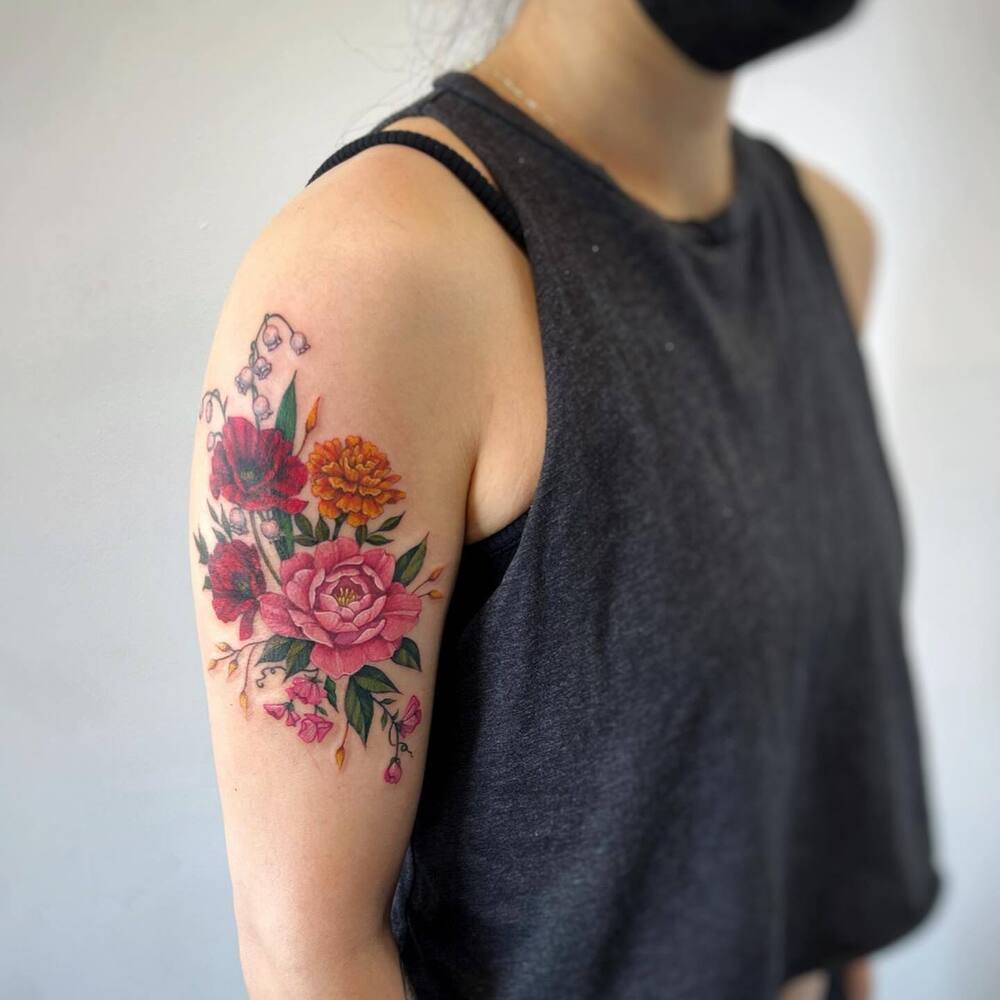
Personalization and Meaning Behind October Birth Month Flower Tattoos
In this canvas of skin and ink, October-born individuals find an eternal bond with nature, with Cosmos and Marigold serving as their evergreen muses.
Marigold: With their fiery hues, Marigold tattoos might be accentuated with intricate mandalas or Day of the Dead designs, symbolizing remembrance and the delicate balance of life and death. Some choose to intertwine them with other elements, like a clock or an hourglass, symbolizing the transient nature of time.
Cosmos: These tattoos often adopt a more whimsical design. They might dance with the moon and stars or even flutter with a butterfly, symbolizing freedom, endless dreams, and the boundless cosmos. Some even choose a watercolor backdrop to add a dreamy essence, echoing the flower's free-spirited nature.
Fine linework and limited shading help these flowers age well on skin while preserving detail. For inspiration, explore contemporary artists who work with botanicals with clean geometry and restrained colors.
That said, here are some amazing floral tattoos by Joanna Swirska that you should definitely check out!
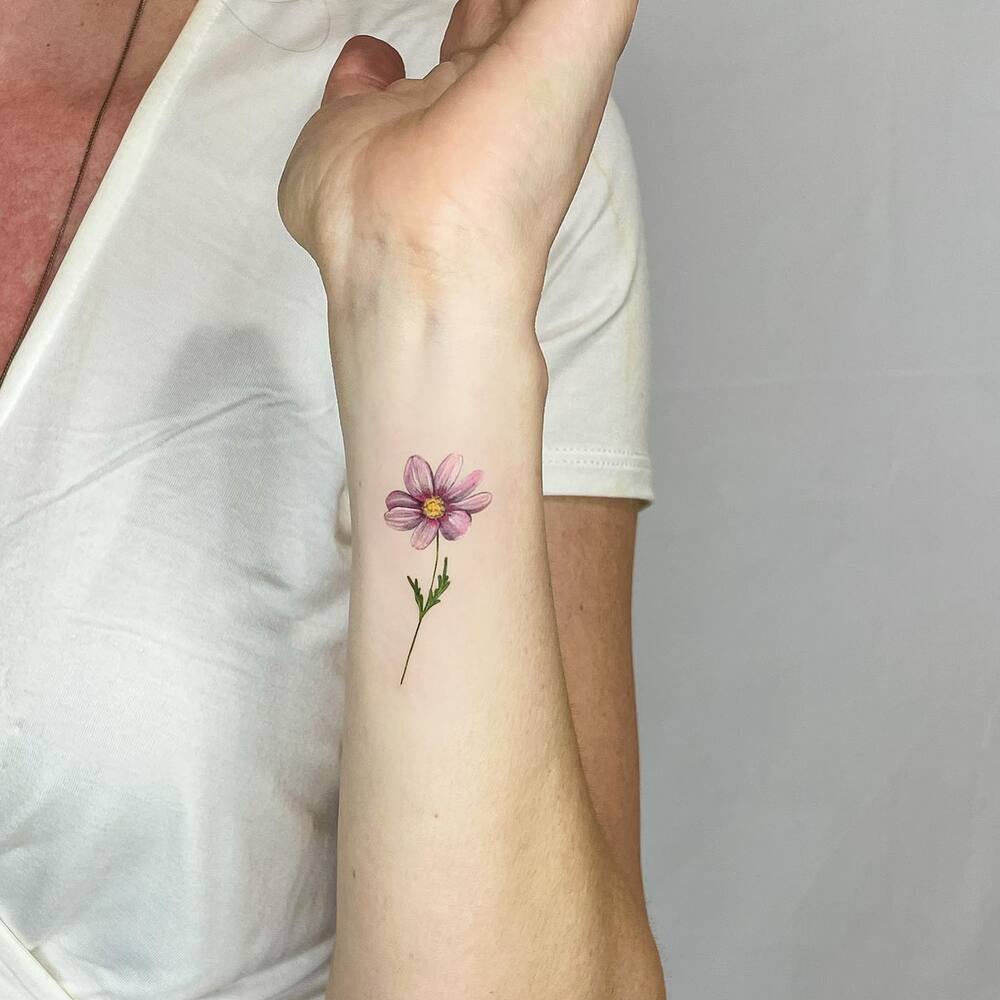
Embracing the Beauty of the October Flowers in Everyday Life
Integrating these botanical wonders, Marigold and Cosmos - October's floral envoys into our daily lives, whether it's the personal ambiance of our homes or the professional setting of an office, can profoundly influence our mood, productivity, and well-being.
Let's explore how the sheer abstraction of these October flowers can be woven seamlessly into everyday scenarios.
Infusing the October Birth Flowers Into Your Daily Routine
Imagine Cosmos-printed throw pillows brightening your living space or dried Marigold petals elegantly displayed in clear vases. Let fresh Marigolds and Cosmos by your bedside gently ease your morning transition, radiating tranquility. As quick ideas, seed a small garden strip with French Marigolds along paths; float Marigold heads in bowls; place Cosmos in slim bottles for desks; press petals for cards celebrating October birthday milestones.
In corporate settings, a bouquet of Cosmos and Marigolds subtly reflects a company's values. Even a simple vase with Cosmos or a Marigold-inspired wallpaper can evoke nature’s magic, boosting creativity and reducing stress.
Culinary Adventures With Marigold
Did you know? Marigold petals, especially of the Calendula variety, can be a delightful addition to salads, cakes, and teas. Their slight peppery taste can make ordinary dishes extraordinary.

Header image by @vin.rajan, and feature image by @ninekole.

